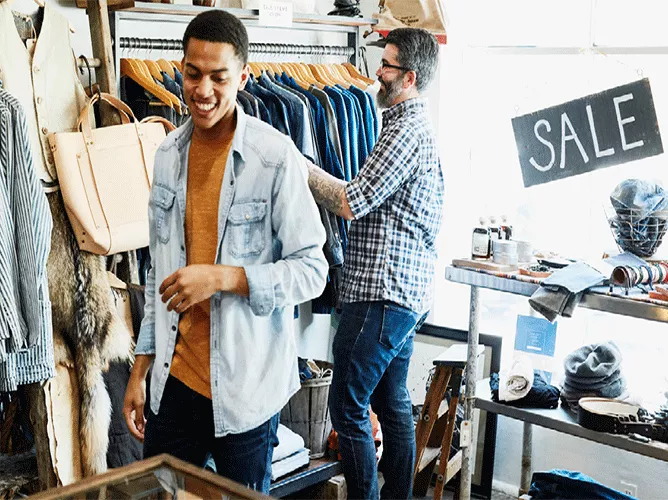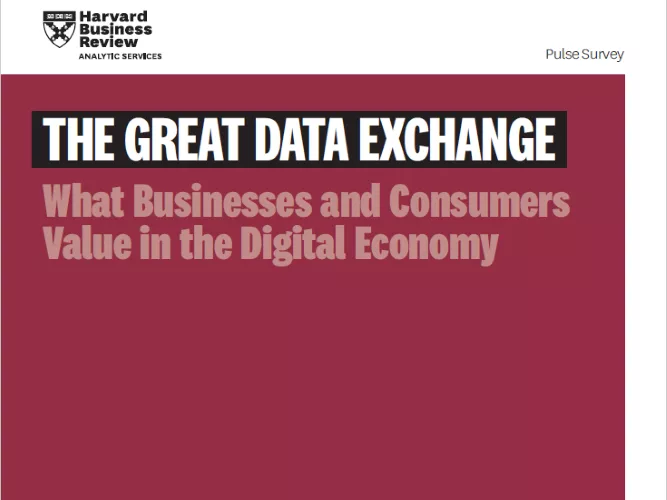Chronicles of the New Normal: Consumer Sentiments Beyond 2020
Let us imagine the world has left behind the worst of Covid-19. No doubt, life has changed, and governments, companies and individuals are adapting to a “new normal.” Our Chronicles series helps readers understand what is likely to be different in a post-Covid world. We also look at how players in the payments ecosystem are already adapting today to successfully emerge from this unprecedented shock to the economy and our daily lives.
This week’s focus is on how Covid has changed consumer sentiment on everything from health to community support. Undoubtedly, many new behaviors and habits emerged from social distancing and restrictions during 2020. With a heightened focus on health and finances, consumers have developed new expectations and attitudes that may stay for the long term.
Touchless Everywhere
The touchless revolution, inspired by Covid’s health implications, may lead to the reimagining of experiences, greater automation and adoption of new technologies. We’ve already seen a surge in contactless payments; now consumers may seek an end-to-end touchless experience for nearly all daily activities. Furthermore, given how centrally tied phones enable a touchless experience, one might also expect to see a rise in biometrics or voice commerce. To create a genuinely touchless experience farther in the future, more companies may shift service and delivery that was previously provided by people to robots and drones. Many grocery stores and other businesses have already started using robots for delivery.
At the same time, digital activity has accelerated for things like social connections, fitness, meals and entertainment. More than half of consumers (61%) will look to connect with friends and family virtually after Covid subsides, according to Mastercard’s Global Foresights, Insights & Analytics Covid-19 Consumer Sentiment Monitor in October. As these online behaviors cement themselves into the new normal, this may ultimately result in a longing for a new form of “high touch” digital personal servicing and shopping experiences, translating into a growing desire for social and group shopping experiences.
My Health is My Wealth
As the crisis impacts work-life balance, isolation and anxiety, consumers may view their health as their wealth. That means prioritizing their holistic wellbeing and giving greater importance to physical and mental health. First-time downloads of the top 20 mental wellness apps in the U.S. hit 4 million in April of 2020, signifying a roughly 30% lift from January of this year.
Mental health awareness is also starting to take equal footing with physical wellness. In traditional healthcare, telemedicine is playing a much bigger role, with 50% of consumers expecting it to increase post-Covid, according to Mastercard’s consumer sentiment study.
Beyond this, consumers are prioritizing fitness, as training and exercise at home have become the new norm. Mastercard analysis shows that some players in the home fitness space have seen a 3x year-over-year increase between March and May of 2020.
Privacy is a Two-Way Deal
Covid-19 has shifted many consumers’ lives online, increasing their reliance on digital platforms. As consumers do so, they may become more willing to share their data to maximize digital benefits. But many consumers will view privacy as a "two-way deal" if they understand their data’s value to the business and have a strong desire for transparency in how their consented data is used.
Even before Covid, 72% of consumers said they were paying attention to how companies collected and used their data, according to The Great Data Exchange, a study by Harvard Business Review Analytic Services and sponsored by Mastercard. In an Ipsos study earlier this year, 66% of US consumers said they would share their data if they were offered compensation like rewards or discounts, and 69% said they would share their data if companies were clear about how it was used.
Companies should develop strong corporate data responsibility strategies that include best-in-class security and privacy practices, explaining how data is collected, used and shared, and more.
Passion & Self Reinvention
Many consumers who have pursued passions and self-reinvention in the stay-at-home economy may continue to invest time and energy into those new passions after Covid. These new passions took on many forms as people began to indulge in hobbies that they might have previously postponed, such as cooking and baking and home improvement projects.
Even when restrictions soften, 61% of consumers said they expect to do more creative activities at home, according to Mastercard’s consumer sentiment study. Beyond hobbies, many will look towards self-reinvention as people look ahead to an uncertain future. Education and upskilling appear to be top of mind for consumers – Google searches for online courses for adults have grown steadily since March, with ballet and painting leading some of the inquiries, according to Google Trends. Players in the at-home education space have seen almost a two-fold year-over-year increase between March and May of 2020, according to Mastercard analysis.
Finally, players can tailor their marketing and key value propositions around emerging sentiments. This includes building value propositions that focus on health, passions and self-reinvention and supporting local businesses or communities.
Collectivism & Shopping Local
Covid has influenced the entire economy, with many consumers seeing the impact first-hand in their local communities and businesses. Consumers may feel a sense of collectivism that could gain momentum and lead to even more consumers shopping local to support their communities.
"More than half of consumers said they are more likely to buy from a local business than a national retailer during the Covid crisis.”
— Source: Mastercard Consumer Sentiment Study
More than half of consumers (53%) said they are more likely to buy from a local business than a national retailer during the Covid crisis. Online marketplaces and on-demand food delivery services will be a key channel for consumers to shop local while accounting for the heightened need for safety. Some players in the space have seen more than a twofold year-over-year increase between March and May of 2020, according to Mastercard analysis.
Of course, these recommendations are broad, and every challenge and organization is different. For more guidance on empowering your organization to be more digitally centric, reach out to Raul Escribano.













